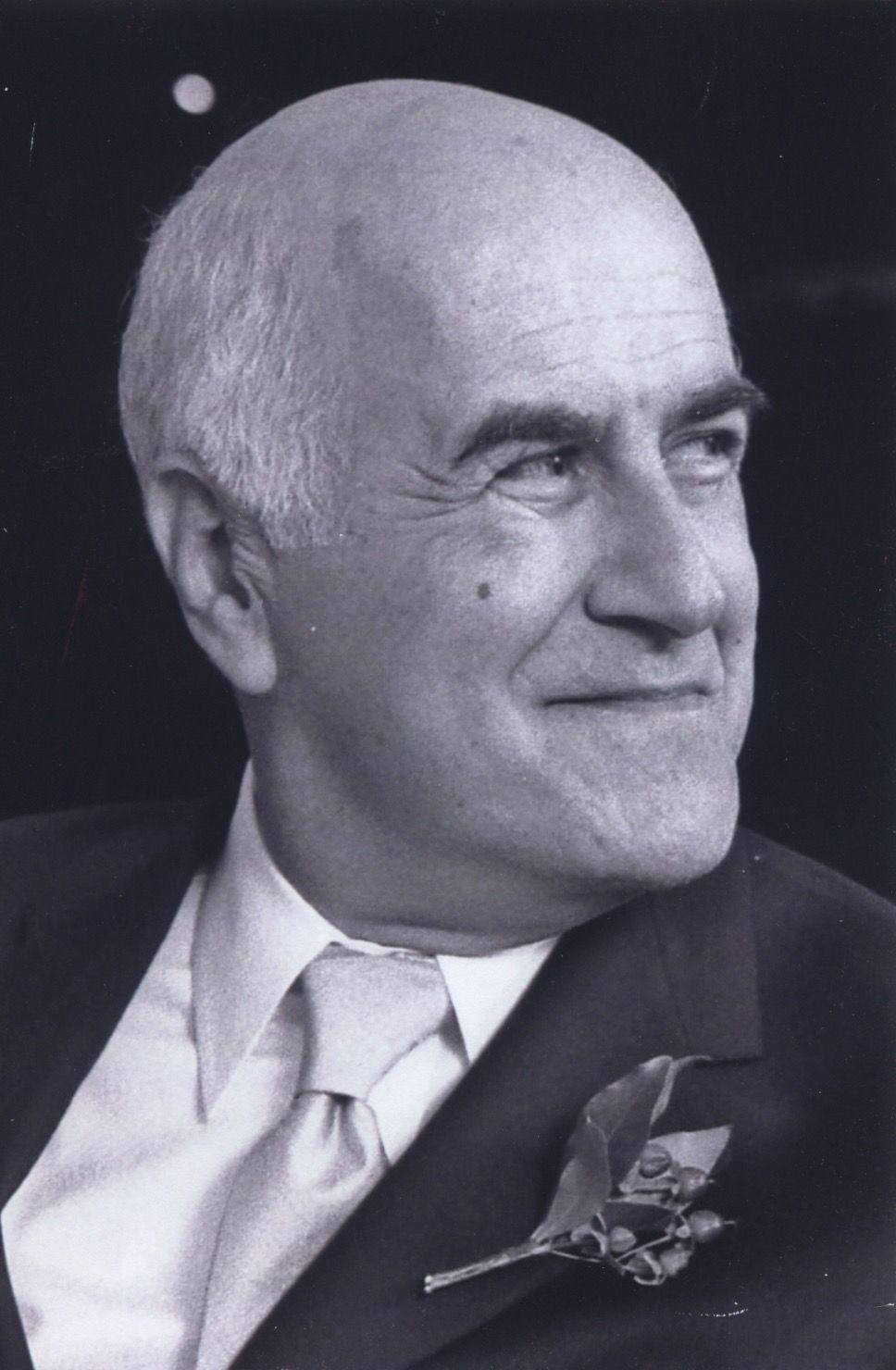Professor Slobodan (Danny) Ćurcic, died on Sunday December 3rd in Thessaloniki, Greece. He is survived by the mother of his children: Susanne Philippson of Kaufbeuren, Germany, his daughters: Danica (Matt) of Princeton, NJ, and Milica (Fred) of Lebanon, NH, and two grandchildren: Sophia and Natalie.
Danny embraced a career that spanned over 50 years in teaching Byzantine Art and Architecture, 28 of which were spent at Princeton University. During this time, he became one of the most prolific and influential international scholars in his field, working on a wide range of topics within a large geographical framework – including, but not limited to, the evaluation of late Roman and early Christian archaeological remains in Greece to the decorative programs of Byzantine-Norman churches in Sicily, and the architecture of fortresses, palaces, churches, and monastic complexes of the Byzantine Balkans.
Danny was born in 1940 in Sarajevo, Bosnia and Herzegovina (the former Yugoslavia) and grew up in Belgrade. He received his Bachelor’s Degree in architecture from the University of Illinois at Urbana-Champaign. In 1975, he received his Ph.D. from the Institute of Fine Arts, New York University, with a dissertation on the Late Byzantine church at Gračanica. He was awarded the prize for the best dissertation dealing with an art-historical subject on Eastern Europe by the American Council of Learned Sciences and the Social Science Research Council. After teaching for 11 years back at his alma mater in Illinois, Danny joined Princeton’s Department of Art and Archaeology in 1982. Danny served as chair of the Department between 1988-1990 and added additional responsibilities as the Director of the Program in Hellenic Studies. In 2005, Danny was appointed to an international experts committee on the Rehabilitation and Safeguarding of Cultural Heritage in Kosovo.
Lifetime scholarly achievements included the presentation of the exhibition “Architecture as Icon,” a project which explored the relationship between the representation and various levels of interpretation on or as ritual artifacts. The publication of Architecture of the Balkans, a true magnum opus of grand scope, concentrates on the Ottoman contribution to the architecture of this region and is emblematic of Danny’s lifelong, intensive interest and occupation with architectural history, urbanism and advocacy for the common and shared cultural heritage of a large portion of southeastern Europe.
Danny’s character is one that will be remembered by many of his students, colleagues and family. He was intensively dedicated to his career and wished to share his intellectual aptitude with all.
Private services will be held

